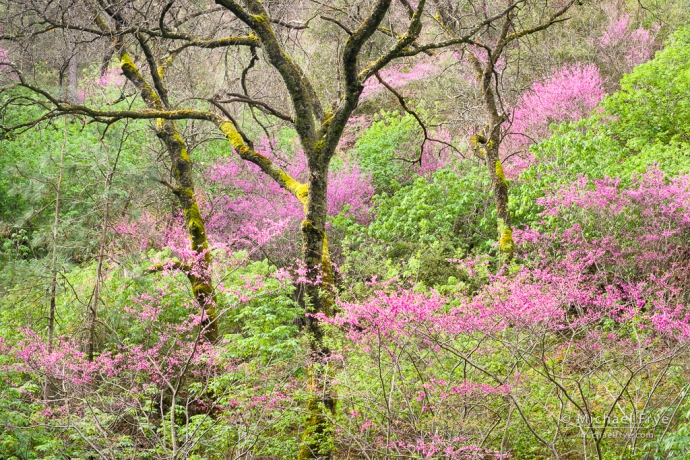Next Saturday (April 2nd) I’ll be conducting a live Lightroom Q&A webinar. This is a chance for members of our Education Center to ask me any Lightroom-related question!
You can become a member of our Education Center by purchasing one of my Lightroom courses. My latest course, Lightroom’s Masking Panel: In Depth, is only $20! Or check out my other two courses: Landscapes in Lightroom: The Essential Step-by-Step Guide and Landscapes in Lightroom: Advanced Techniques.
If you can’t attend live, I’ll record the session and post it in the Education Center for members to view later. Members can also view recordings of my two previous Lightroom processing demonstrations from January and February.
I hope to see some of you next Saturday!
— Michael Frye
Related Posts: My Next Live Lightroom Processing Demo; New Lightroom Tutorials: The Masking Panel; Image-Adaptive Behavior in Lightroom’s Tone Controls
Michael Frye is a professional photographer specializing in landscapes and nature. He is the author or principal photographer of The Photographer’s Guide to Yosemite, Yosemite Meditations, Yosemite Meditations for Women, Yosemite Meditations for Adventurers, and Digital Landscape Photography: In the Footsteps of Ansel Adams and the Great Masters. He has also written three eBooks: Light & Land: Landscapes in the Digital Darkroom, Exposure for Outdoor Photography, and Landscapes in Lightroom: The Essential Step-by-Step Guide. Michael has written numerous magazine articles on the art and technique of photography, and his images have been published in over thirty countries around the world. Michael has lived either in or near Yosemite National Park since 1983, currently residing just outside the park in Mariposa, California.










Hi Michael. Looking forward to the Q&A on Saturday. The other sessions you have done on LR have been really helpful. One thing I still struggle with is the blue in the sky. The mix of adjustments like White Balance, exposure, temperature, luminescence, etc sometimes seem to work while in develop, but then when I see the final image with other images the sky just looks off. Any tips or tricks here would be appreciated. Thanks for the opportunity to participate and ask questions. Jim
Thanks Jim. I’m not sure what you mean when you say the sky “just looks off” compared to other images. Maybe you could send me an example.
Even with all the awesome advancements in LightRoom there are still reasons for some of my images to go to Photoshop. I have two questions related to that. When doing that, the ACR settings are carried along. But, is there a way to also transfer the masked that we created in LightRoom (or Bridge/ACR ) into Photoshop as well? The second question is: this: often my only reason going to Photoshop is to create a Stroke around my image. Can I do a Stroke in Lightroom, if so, how? Looking forward to the Webinar with great interest. Bob
Thanks for the questions Bob. I’m assuming that you want me to answer these questions in the Q&A webinar?
Bob, sorry I didn’t have time to answer this in the webinar, but I’ll try to answer here.
First, as far as I know there’s no way to transfer a mask created in Lightroom or Camera Raw to Photoshop proper. Photoshop does have, however, all the same selection tools (or at least very similar ones). Under the Select menu you now have Select Sky and Select Subject, and also Color range (which has always been there). Photoshop’s Color Range tool also allows you to make a luminance-based selection (luminosity mask); instead of choosing “Sampled Colors” in the pulldown menu at the top, choose Highlights, Shadows, or Midtones, and then adjust the Fuzziness and Range to get the selection you want.
It is possible to create a stroke around an image in Lightroom Classic in the Print Module. Near the top on the right side, under Image Settings, there’s a checkbox for “Stroke,” and once you check it you can adjust the thickness of the stroke in pixels, and also choose the color of the stroke. If you’re looking to put a stroke around an image for screen viewing, you can “print” a JPEG from the Print Module; near the bottom on the right side, under Print Job, next to “Print to” there’s a pulldown menu, where you can choose “JPEG file” instead of “Printer.”
Hope that helps.